The secret behind the success of Japanese animation lies in its diversity and meticulous catering to various audience preferences. Genres like shonen, shojo, and mecha cater to different demographics. Many aspire to replicate the success of Japanese anime, including Chinese animators. Interest in Chinese animation, known as donghua, is growing not just in China but worldwide. In October, Russia premiered “Heaven Officials Blessing,” based on best-selling novels by Chinese writer Mo Xiang Tong Xiu. The series was dubbed by the Deep Studio, known for its work on the cult favorite “Attack on Titan.” It seems that Donghua has firmly established its presence and is here to stay.
History of Chinese Animation Chinese animation boasts a rich and complex history. It dates back to the 1920s when the American animated film “Out of the Inkwell” was first seen in the Republic of China. The first Chinese animated film was an advertisement for typewriters made by the Wan brothers, which was unfortunately lost and unable to be viewed.
The flourishing of Longhua is associated with the Wan brothers. In 1941, they created China’s first feature-length animated film, “Princess Iron Fan,” in Shanghai. Like their Japanese counterparts, the Wan brothers drew inspiration from Walt Disney’s works, particularly after watching “Snow White and the Seven Dwarfs.”
In the 1960s-70s, many artists left Communist China following the Cultural Revolution. Those who remained worked under the new regime, and the heyday of Donghua ended.
The renaissance of Chinese animation occurred in the 1990s with the advent of market institutions, particularly the Internet. Capitalistic regions like Hong Kong and Taiwan became hubs for the industry.
Distinctive Features of Donghua and Differences from Anime Chinese animators drew inspiration from Disney and their Japanese neighbors. The anime of the ’80s significantly influenced Chinese animators of the ’90s, who created web series.
Donghua can be broadly categorized into traditional animation and internet-based cartoons. Traditional Donghua is actively sponsored by major corporations and now emphasizes 3D animation, often emulating Pixar’s works. The first such film, “Through the Moebius Strip,” was showcased at the Cannes Film Festival.
Web donghua comprises indie projects, often created by individual flash animators rather than large studios. While these projects have lesser commercial success than traditional animations, they usually have less censorship and more creative freedom.
Donghua differs from anime in its more limited genre diversity. Moreover, many themes in Chinese cartoons cannot be depicted due to censorship, primarily concerning sexual content. Donghua is generally more conservative, often rooted in local folklore for its plot and aesthetics.
Notable Donghua to Begin With “Heaven Officials Blessing”
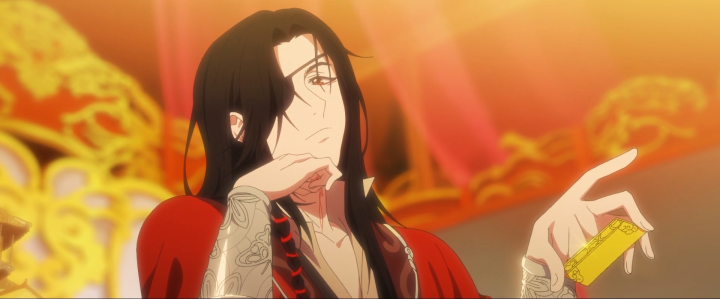
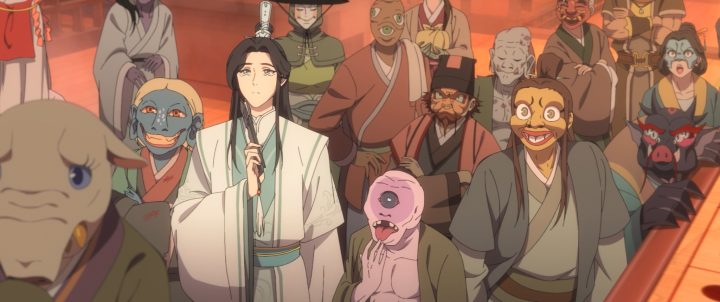
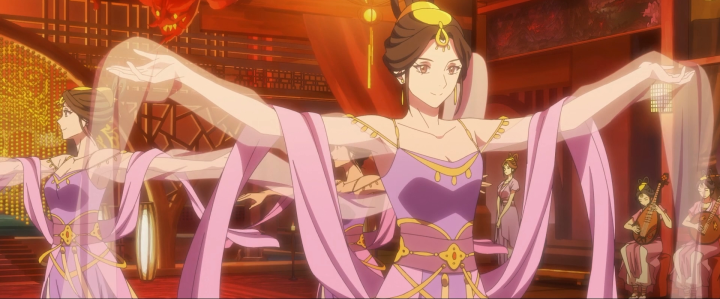
A canonical example of Longhua set in ancient China, revolving around folk myths. The web series is based on Mo Xiang Tong Xiu’s eponymous work.
“The Daily Life of the Immortal King”
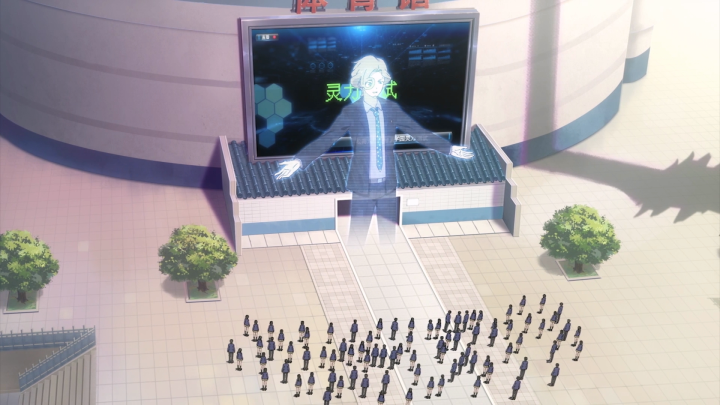
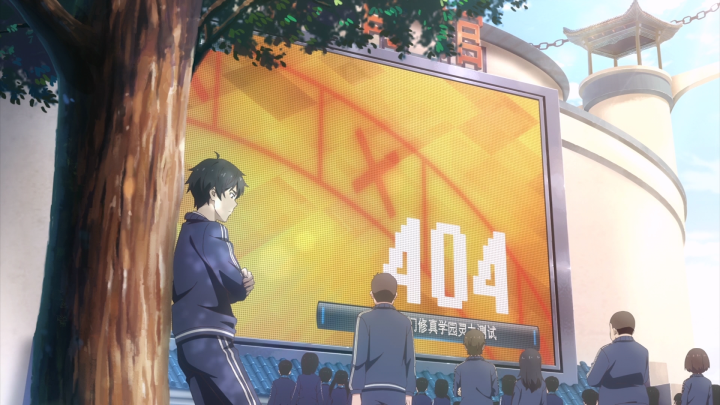
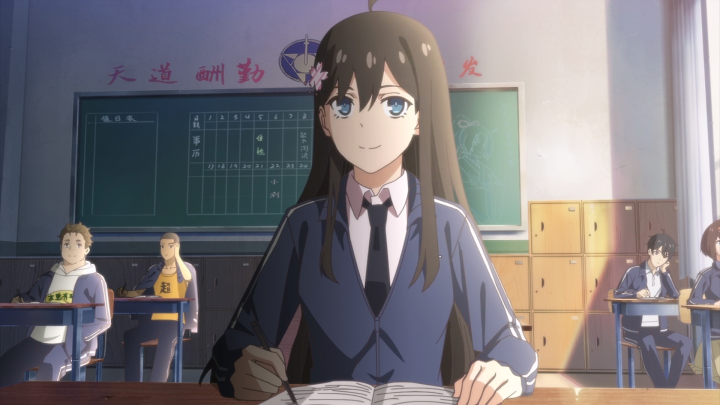
Donghua is about a quiet teenager, passionate about instant noodles, who develops superpowers from a young age. His biggest challenge is not mystical creatures but high school.
“King’s Avatar”
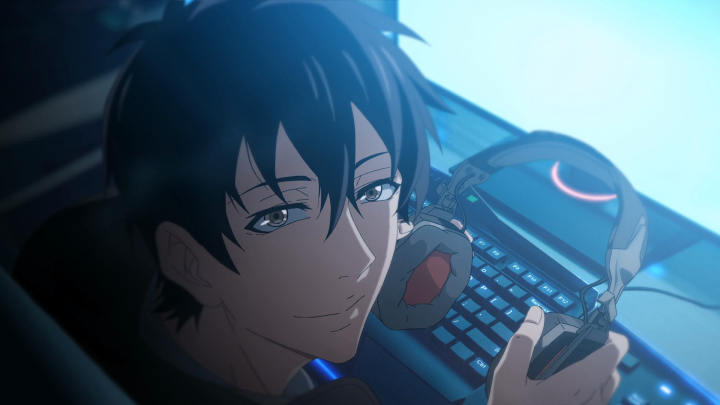

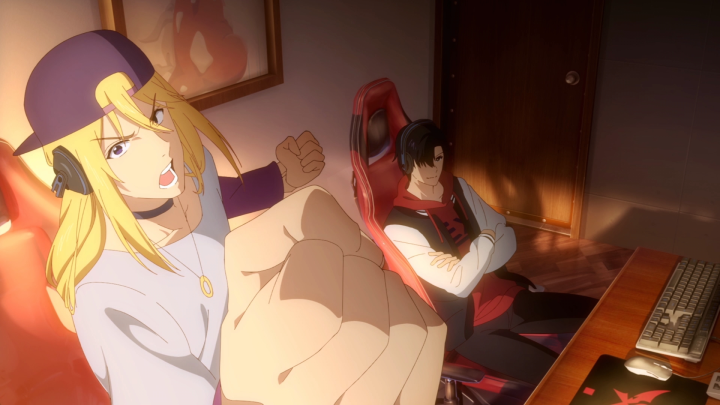
A popular web series focusing on e-sports, a significant theme for Chinese youth. The protagonist, Ye Xiu, a successful player in the MMORPG “Glory,” faces adversity and strives for success. Fans of classic sports anime will appreciate this series.

